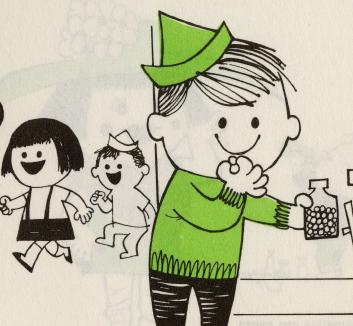
Is There a Killer in Your Medicine Chest?
The history of the Duke Poison Control Center
The history of the Duke Poison Control Center
Accidental poisonings claim the lives of thousands of children each year. Is there a killer in the medicine cabinet?
Safety caps on medicine bottles, child-proof latches on cabinet doors, and outlet covers are common place in our world today, but this was not the case when Duke Hospital first opened in 1930.
Part I: A young Duke resident is alarmed by the amount of seemingly preventable cases of poisoning in children.
Part II: The fight against accidental poisonings goes nationwide as big innovations are made in technology. Duke's informal methods of poison control using index cards and pediatric resident phone line communication are formalized as a Poison Control Center.
Part III: The movement spreads as Dr. Jay Arena and Dr. Shirley Osterhout take their message of children's safety to the national level.



This online exhibit conveys the profound impact of the Duke Poison Control Center (1954-1995). From the design of the safety cap to community outreach and education, the Center has always been at the forefront of poison prevention and safety issues.


